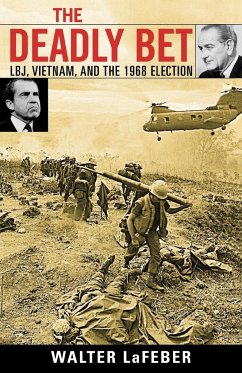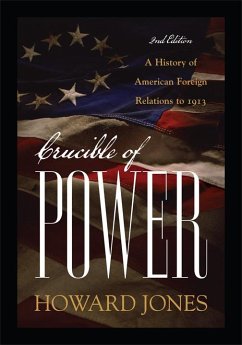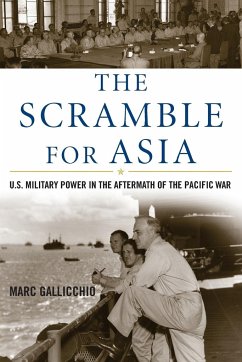
Light at the End of the Tunnel
A Vietnam War Anthology
Herausgeber: Rotter, Andrew J.

PAYBACK Punkte
59 °P sammeln!
Of all of the wars in which the U.S. has been engaged, none has been as divisive as the conflict in Vietnam. The repercussions of this unsettling episode in American history still resonate in our society. Although it ended more than 30 years ago, the Vietnam War continues to fascinate and trouble Americans. The third edition of Light at the End of the Tunnel gives a full overview of the conflict. Starting with Ho Chi Minh's revolt against the French, editor Andrew Rotter takes the reader through the succeeding years as scholars, government officials, journalists, and others recount the importa...
Of all of the wars in which the U.S. has been engaged, none has been as divisive as the conflict in Vietnam. The repercussions of this unsettling episode in American history still resonate in our society. Although it ended more than 30 years ago, the Vietnam War continues to fascinate and trouble Americans. The third edition of Light at the End of the Tunnel gives a full overview of the conflict. Starting with Ho Chi Minh's revolt against the French, editor Andrew Rotter takes the reader through the succeeding years as scholars, government officials, journalists, and others recount the important events in the conflict and examine issues that developed during this tumultuous time. This book is essential reading for anyone who has an interest in understanding the Vietnam War. The readings in it will enlighten students about this turning point in the history of the United States and the world. The third edition includes greater coverage of the Vietnamese experience of the war and reflects the growing interest in understanding the war as an international event, not just a bilateral or trilateral conflict.













